Artist: Psionic Asylum
Album: Coma
Release date: 18 February 2017
Label: Noctivagant
Tracklist:
01. Inner Night
02. Frozen Cave of Whispers
03. Buried in Paranoia
04. Coma
Psionic Asylum is a dark ambient project from Russia. As with so many other Russian dark ambient projects we find in Psionic Asylum a sound which captures the desolate cold exteriors along with the isolation and warmth of the interior. Their second full length album, Coma, has been released through the small but quality driven label Noctivagant.
Known for its subtle and always dark forms of music Noctivagant seems to be the perfect home for Coma. Coma consists of four roughly twenty minute tracks. The album captures various aspects and emotions of a coma patient. Each track takes on its own unique characteristics yet all fit together as a perfectly composed whole.
The music of Coma is enshrouded in a deeply emotive subtlety. This subtlety seeks to envision the thoughts and feelings of one in a comatose state of being. The first track, “Inner Night” takes on a more ritualistic feel. It includes bells and chimes, manipulated vocal melodies and industrial rattlings. The field recordings and extremely conservative use of drone introduce the listener to the mind of the subject. We are able to close our eyes and feel the coma taking its hold on us, as we are allowed to drift off into a half-dazed state of consciousness.
“Frozen Cave of Whispers” takes the sense of losing oneself to the next level. A plethora of whispering voices provide a textural basis for the track. The comatose patient is still able to hear what is happening in the external world, yet it is muddied, outside their control or even their understanding. “Buried in Paranoia” continues building upon this theme of disassociation. The sounds are darker, more haunting, more otherworldly. The patient is losing a sense of self, entering the void. The textures of the drone elements are deeply disturbing in a style reminiscent of Jarl. There is a complexity which slowly builds upon itself until our minds are barely able to follow a set of patterns, we become one with the sound.
“Coma” plummets us into the final frontier of consciousness. There is nothing left. All sense of the outside world has vanished along with any memories or feelings of the ego. As the mind collapses into a slumber, it leaves the patient and the listeners in a deeply internalized void. The drones are thick, dense yet still subtle. Voices from the outside world find their way inside, but their meaning is totally lost to us.
Like most Noctivagant projects, Coma is presented in a limited edition of 99 physical copies. The inner-sleeve adds a bit of extra text to accompany the track titles, allowing the listener to further engage themselves with the project. The album is a solid and consistent work giving just enough ritualistic tones to fit the discography of Noctivagant, yet it holds its own character, stands apart from its brethren as an unique album in a sea of uniformity. Psionic Asylum incorporates a little bit of many different variations of dark ambient on Coma, giving it a value to a highly diverse set of listeners. Fans of cinematic, drone and ritual ambient styles should all find reasons to enjoy Coma. It is nice to see Noctivagant keeping their standards high while simultaneously taking risks with lesser known projects. Coma is surely a highlight of their catalog of releases.
Written by: Michael Barnett


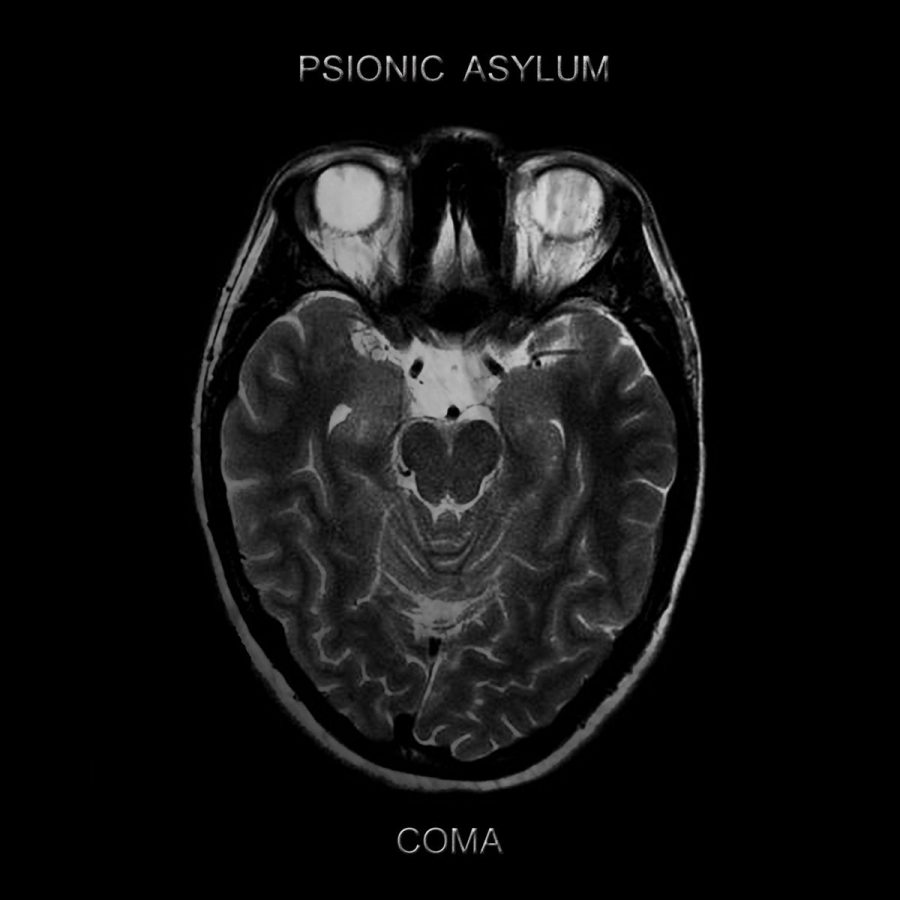
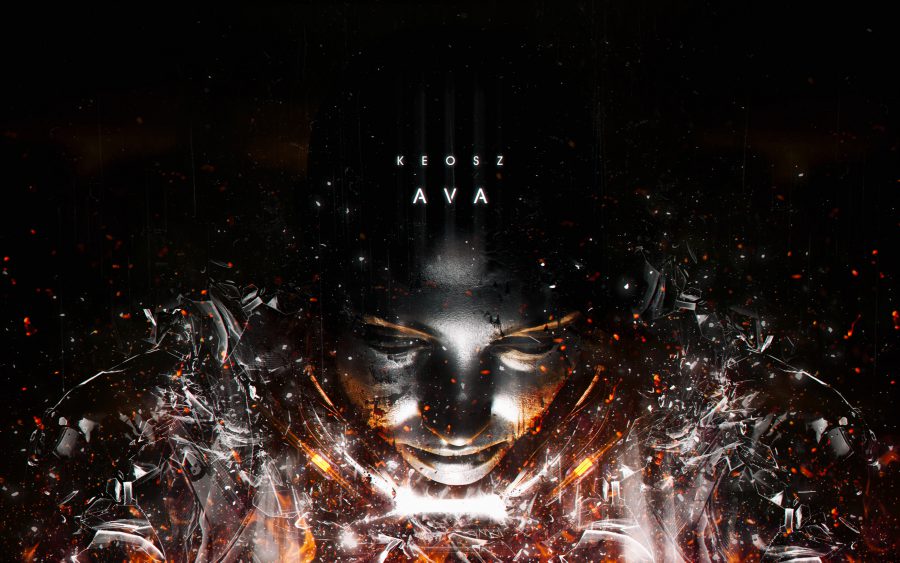
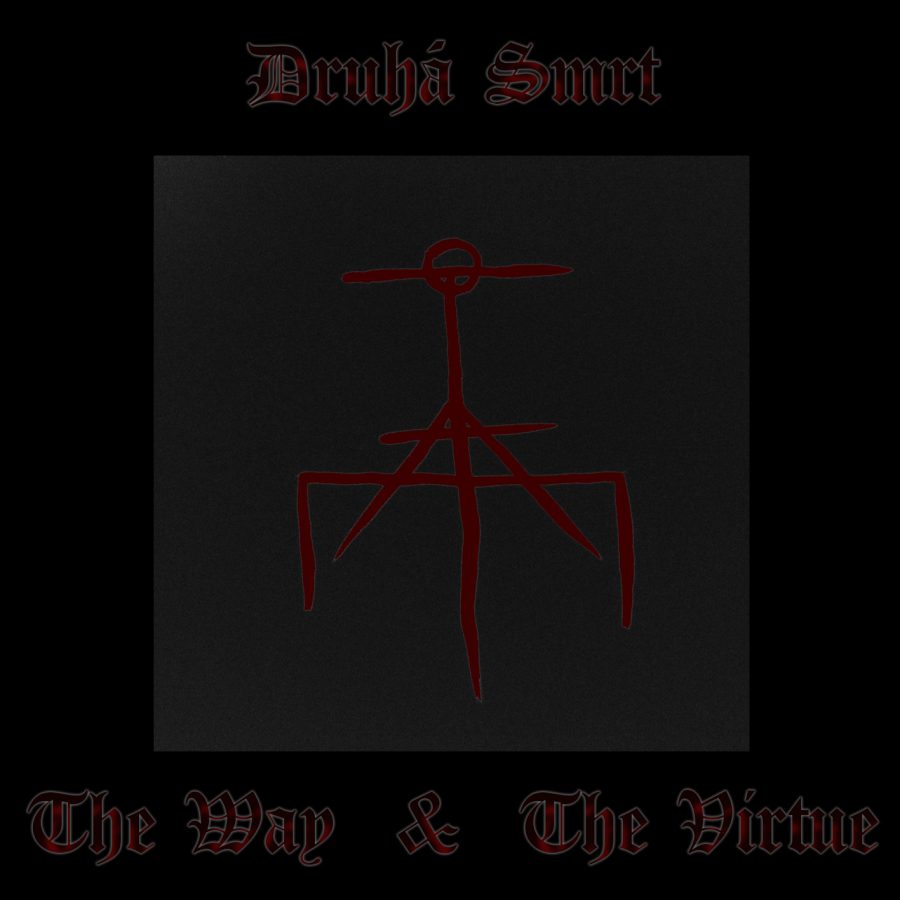
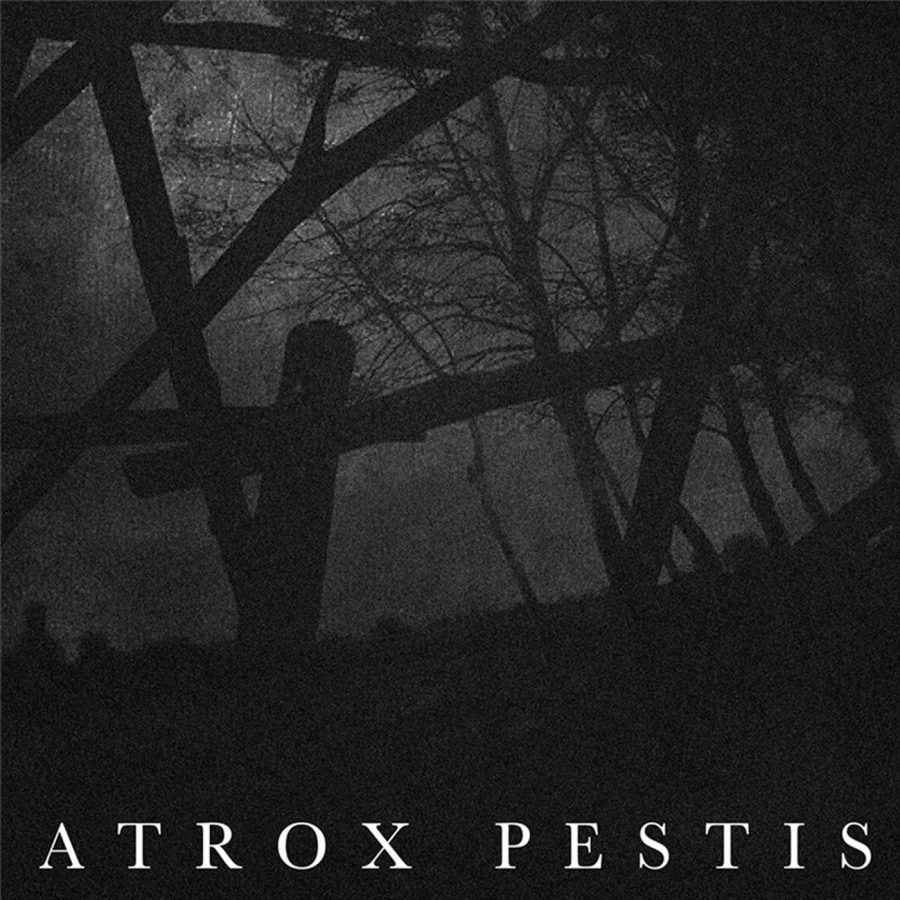
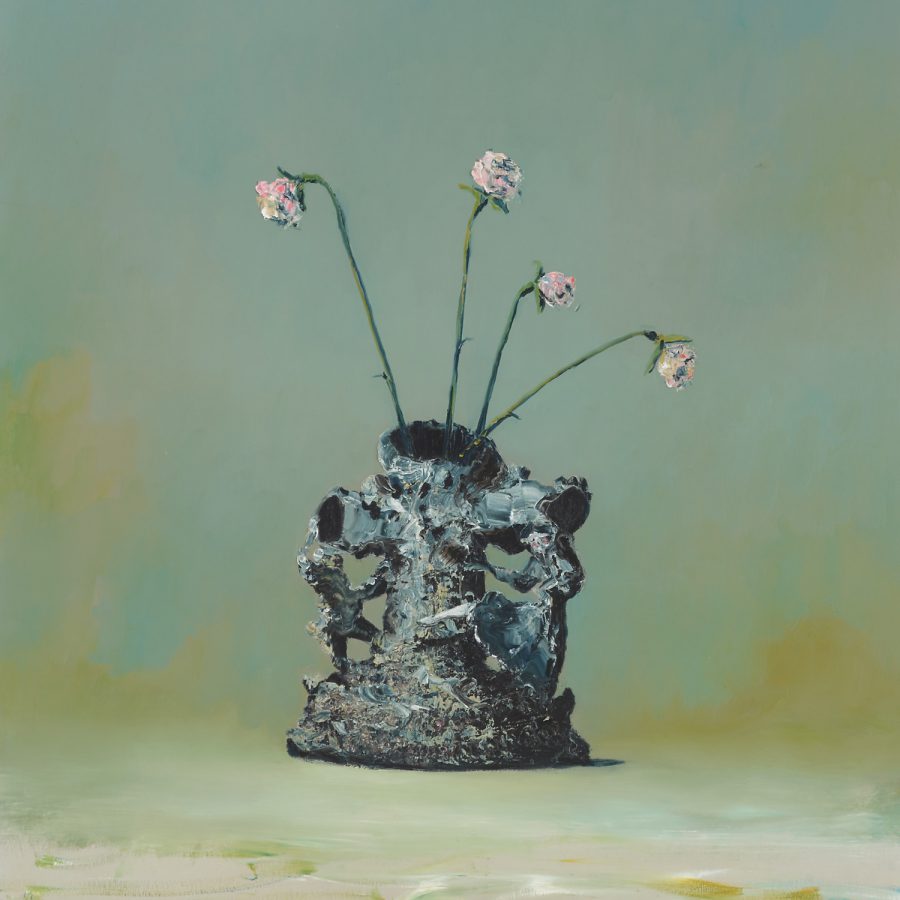
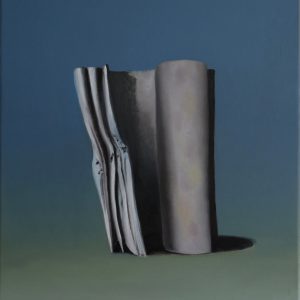


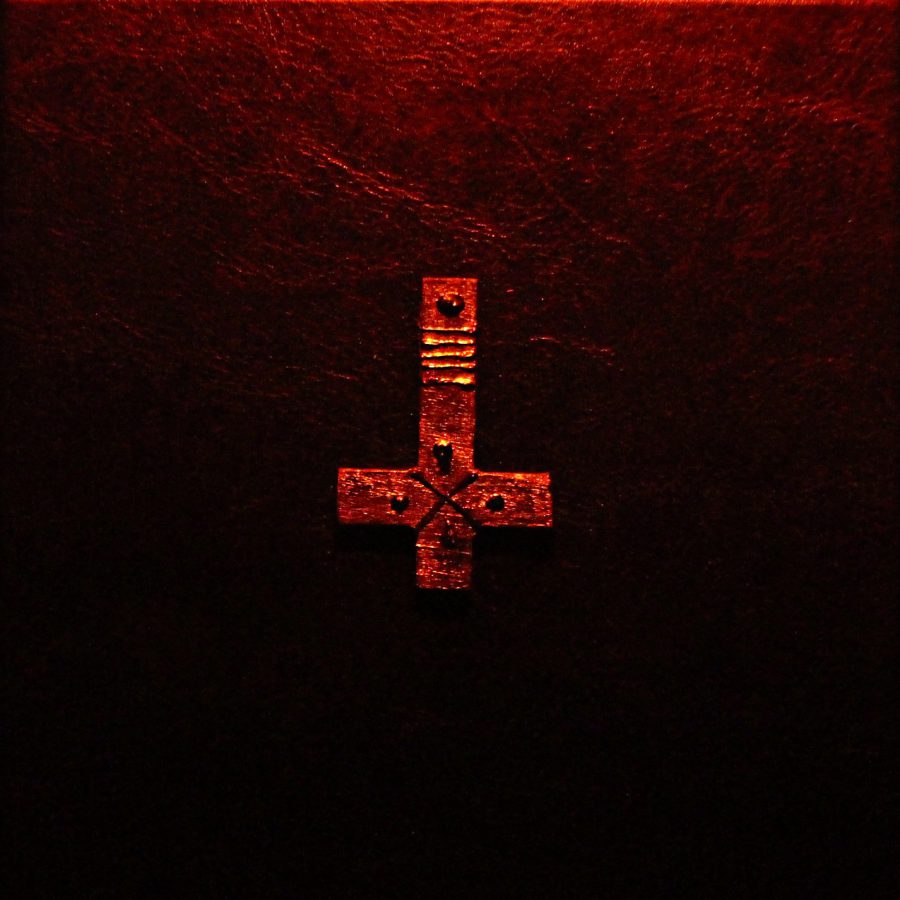
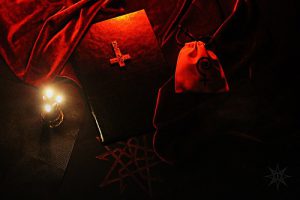 AFFECTVS & Lamia Culta have both been producing music for several years. As individual artists, they both have strong occult leanings. Their solo albums have been enjoyable and noteworthy. But, in 2016 their collaborative album Homines Sacerrimi on the American dark/ritual ambient label
AFFECTVS & Lamia Culta have both been producing music for several years. As individual artists, they both have strong occult leanings. Their solo albums have been enjoyable and noteworthy. But, in 2016 their collaborative album Homines Sacerrimi on the American dark/ritual ambient label  “Verbum Portae Aperio” may be one of the crowning achievements of the album. Both artists showcase their absolute best skills, leaving behind any sense of doubt in the listener. After Lamia Culta‘s invocations at the beginning of the ritual, we are encompassed by sounds conjured from the depths of hell. Demons writhe and scream in the background. Deep bellowing voices appear as she repeats the invocation, “Satan!, Satan!, Satan!”. This intensity gently subsides as she goes from screaming Latin incantations to softly singing as the track comes to its close.
“Verbum Portae Aperio” may be one of the crowning achievements of the album. Both artists showcase their absolute best skills, leaving behind any sense of doubt in the listener. After Lamia Culta‘s invocations at the beginning of the ritual, we are encompassed by sounds conjured from the depths of hell. Demons writhe and scream in the background. Deep bellowing voices appear as she repeats the invocation, “Satan!, Satan!, Satan!”. This intensity gently subsides as she goes from screaming Latin incantations to softly singing as the track comes to its close.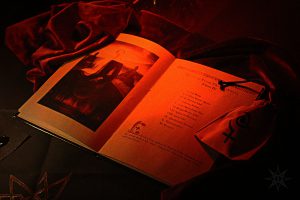 depths of some ancient cavern, delivering the thick incense smoke past the nostrils before vanishing into the abyss. Following her invocation of Satan, Lamia Culta gasps and moans in ecstasy as if the dark lord has been offered her body for his enjoyment. Sacrificing herself to his will, she is fully prepared for the continuation of this diabolical rite. As the rest of Blessings from the Darkness continues, this moment hangs in my mind, never loosening its grip. The deep, rumbling, infernal growls match the euphoria of Lamia Culta, as if that fiendish lord of the underworld has truly savored his offering.
depths of some ancient cavern, delivering the thick incense smoke past the nostrils before vanishing into the abyss. Following her invocation of Satan, Lamia Culta gasps and moans in ecstasy as if the dark lord has been offered her body for his enjoyment. Sacrificing herself to his will, she is fully prepared for the continuation of this diabolical rite. As the rest of Blessings from the Darkness continues, this moment hangs in my mind, never loosening its grip. The deep, rumbling, infernal growls match the euphoria of Lamia Culta, as if that fiendish lord of the underworld has truly savored his offering.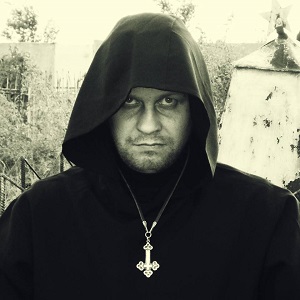 The emotion of Lamia Culta‘s vocal delivery is only part of the reason to find oneself fully encompassed by Blessing from the Darkness. AFFECTVS showcases an absolute mastery of the ritual ambient style. Comparisons to Shibalba can easily be made. But where Shibalba showcase a more conservative aspect of the ritual ambient genre, AFFECTVS takes it to utter extremes. From the howling wind field recordings, to the hypnotic drones, he builds an atmosphere that is visualized with the greatest of easy. The tribal drumming, chimes, and other ritual instrumentation adds yet another layer of authenticity to the rite.
The emotion of Lamia Culta‘s vocal delivery is only part of the reason to find oneself fully encompassed by Blessing from the Darkness. AFFECTVS showcases an absolute mastery of the ritual ambient style. Comparisons to Shibalba can easily be made. But where Shibalba showcase a more conservative aspect of the ritual ambient genre, AFFECTVS takes it to utter extremes. From the howling wind field recordings, to the hypnotic drones, he builds an atmosphere that is visualized with the greatest of easy. The tribal drumming, chimes, and other ritual instrumentation adds yet another layer of authenticity to the rite.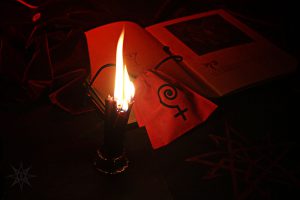 Offered on
Offered on 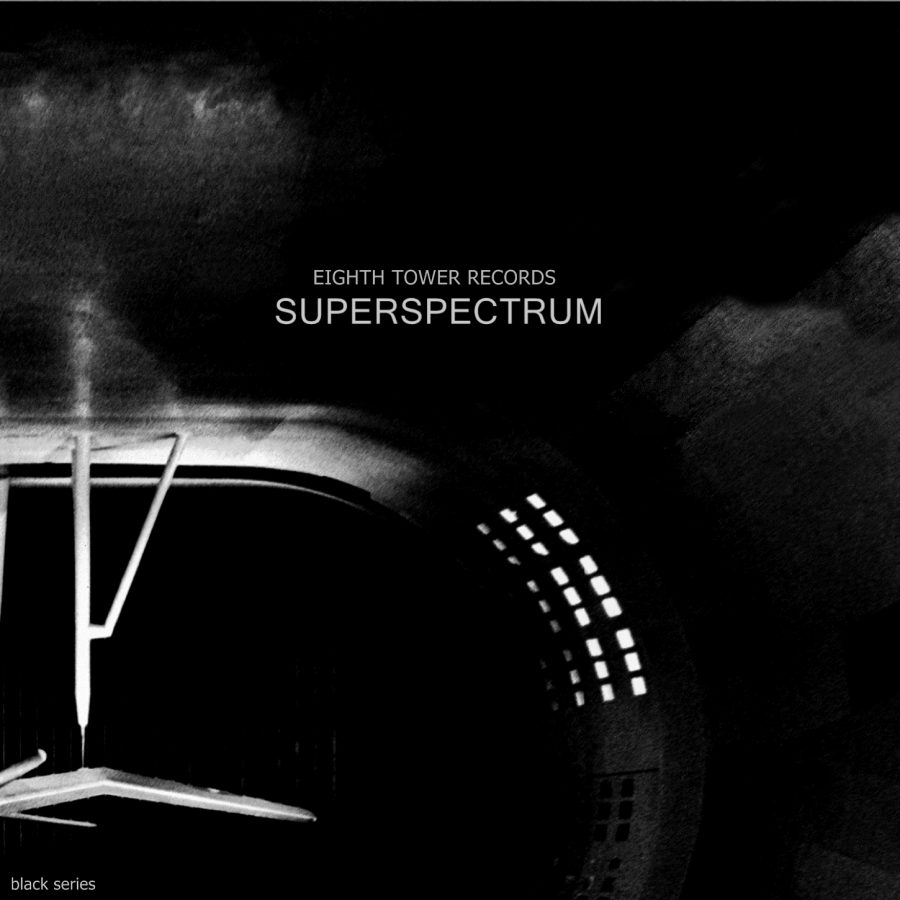
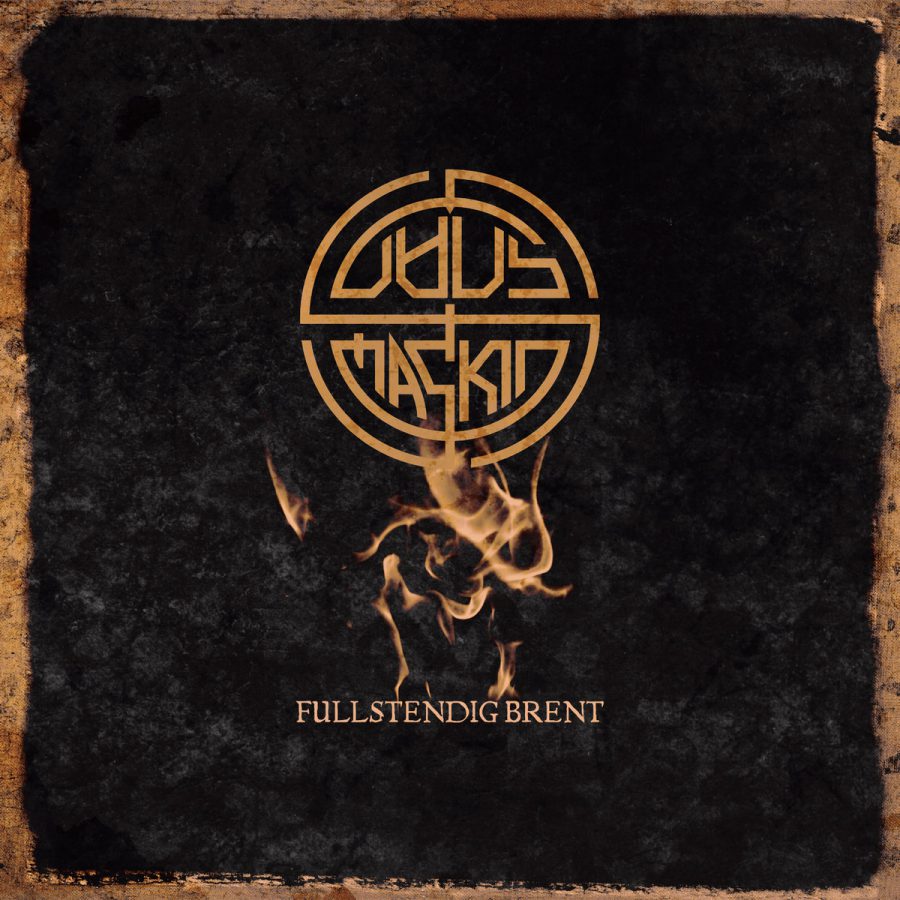
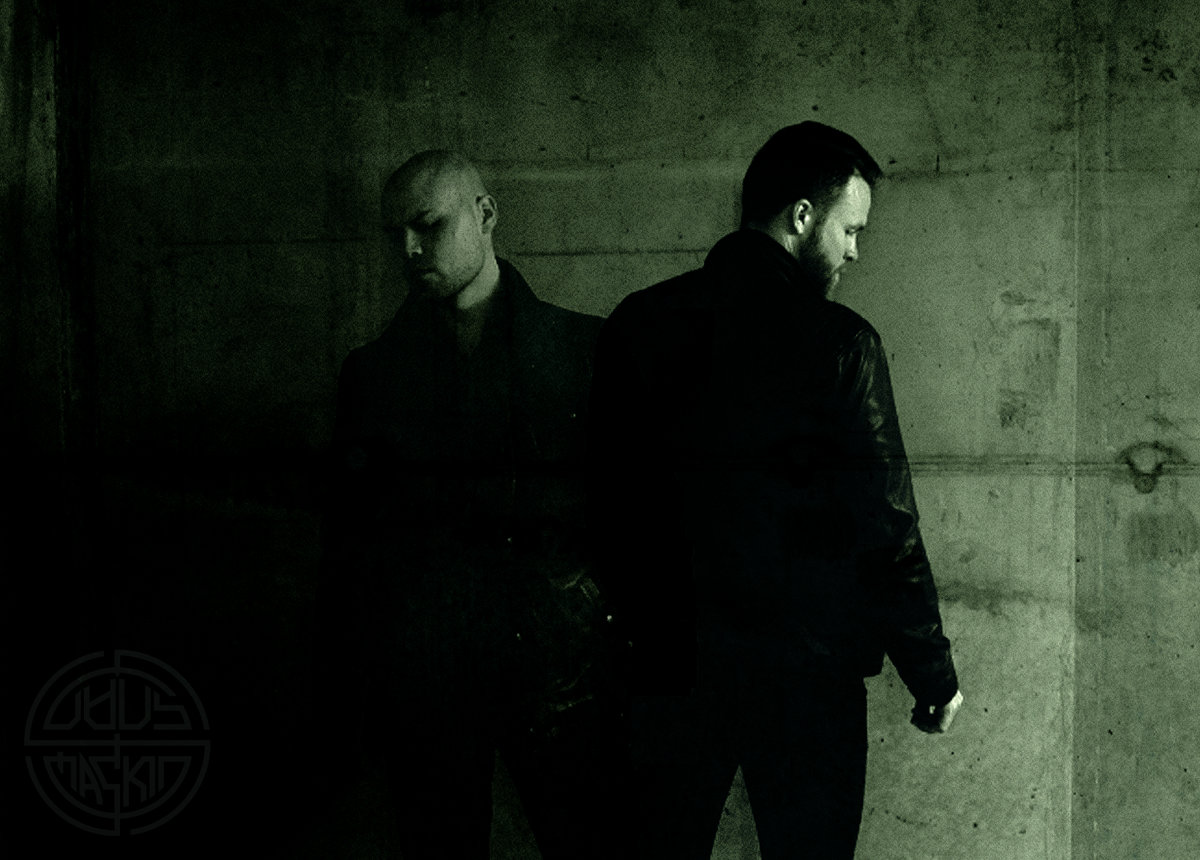 This album will be particularly pleasing to anyone with a love for the darkest days of history. The inner panel of the digipak consists of one sentence, “Djevelhorer Skal Brennes – Martin Luther (1537)” This can be translated to English as “devil whores be burned.” It is a fitting preparation for the onslaught of soundscapes presented within. Fullstendig Brent takes us on a deeply cinematic journey back in time to the 17th century in the northern parts of Norway, specifically to the fortress of Vardøhus in Vardø, the center of Norwegian Finnmark. This fortress would play the stage to a particularly dark and brutal period of history. We are taken here at a time when witch trials were being carried out around the western world. Each track on Fullstendig Brent gives us a glimpse into various times during these proceedings.
This album will be particularly pleasing to anyone with a love for the darkest days of history. The inner panel of the digipak consists of one sentence, “Djevelhorer Skal Brennes – Martin Luther (1537)” This can be translated to English as “devil whores be burned.” It is a fitting preparation for the onslaught of soundscapes presented within. Fullstendig Brent takes us on a deeply cinematic journey back in time to the 17th century in the northern parts of Norway, specifically to the fortress of Vardøhus in Vardø, the center of Norwegian Finnmark. This fortress would play the stage to a particularly dark and brutal period of history. We are taken here at a time when witch trials were being carried out around the western world. Each track on Fullstendig Brent gives us a glimpse into various times during these proceedings.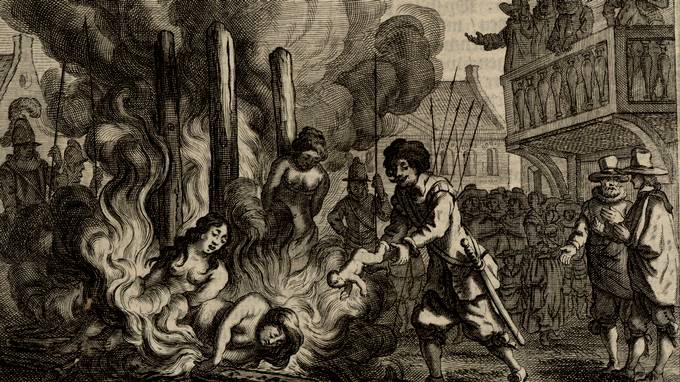 The cinematic edge is taken to an even more obvious place on “Christoffer Orning”, named after a notorious district governor responsible for the majority of deaths of innocent women and children. The track starts out with prayers being begged in unison by the demented congregation. After they give their blessings, the witches are allowed to burn for their sins. As the beating industrial noises completely overtake our senses, it’s easy to imagine these so-called witches perishing in the most horrible way imaginable. Their body slowly roasting on the pyre, they shriek in utter despair soon followed by the sobbing of this unlucky female victim, attempting to alleviate some of the pain as she begins to smell her flesh being cooked, long before losing consciousness or dying.
The cinematic edge is taken to an even more obvious place on “Christoffer Orning”, named after a notorious district governor responsible for the majority of deaths of innocent women and children. The track starts out with prayers being begged in unison by the demented congregation. After they give their blessings, the witches are allowed to burn for their sins. As the beating industrial noises completely overtake our senses, it’s easy to imagine these so-called witches perishing in the most horrible way imaginable. Their body slowly roasting on the pyre, they shriek in utter despair soon followed by the sobbing of this unlucky female victim, attempting to alleviate some of the pain as she begins to smell her flesh being cooked, long before losing consciousness or dying.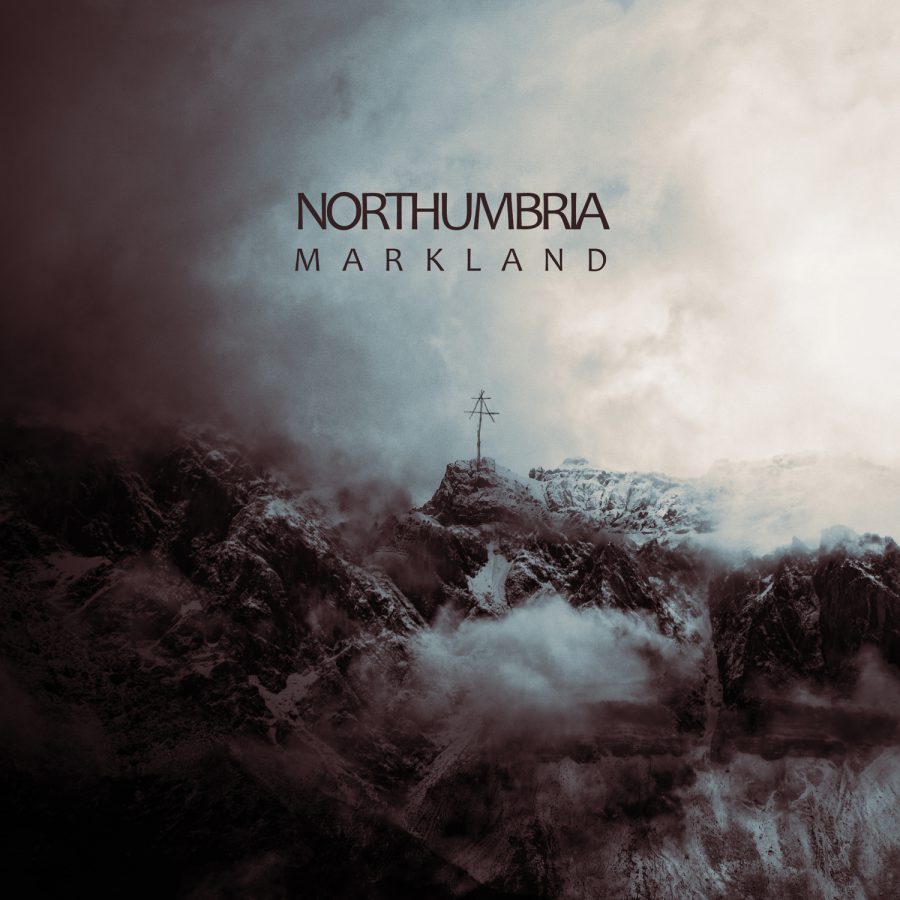
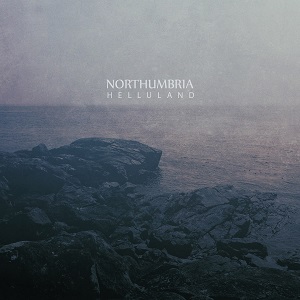 What started several years ago as a project fully dedicated to the use of guitar and bass drones, has blossomed this year into something wholly new and exciting. As recently as 2014, albums like Bring Down The Sky highlighted the more conventional skills of Northumbria, with marvelous slowly evolving guitar work that could almost be considered solos. These meandering guitars were planted firmly upon a guttural and earth-shaking bass drone. Helluland, their first release on Cryo Chamber, brought them to a new chapter in their lives. Helluland still was dedicated to consistently drone-laden guitar and bass work but it had taken on a more subtle feel. Along with the evolution of their sound, Helluland ushered in the first chapter of their current trilogy. A set of albums which is dedicated to the story of the ancient Norsemen discovering the Americas, incidentally, well before Christopher Columbus.
What started several years ago as a project fully dedicated to the use of guitar and bass drones, has blossomed this year into something wholly new and exciting. As recently as 2014, albums like Bring Down The Sky highlighted the more conventional skills of Northumbria, with marvelous slowly evolving guitar work that could almost be considered solos. These meandering guitars were planted firmly upon a guttural and earth-shaking bass drone. Helluland, their first release on Cryo Chamber, brought them to a new chapter in their lives. Helluland still was dedicated to consistently drone-laden guitar and bass work but it had taken on a more subtle feel. Along with the evolution of their sound, Helluland ushered in the first chapter of their current trilogy. A set of albums which is dedicated to the story of the ancient Norsemen discovering the Americas, incidentally, well before Christopher Columbus.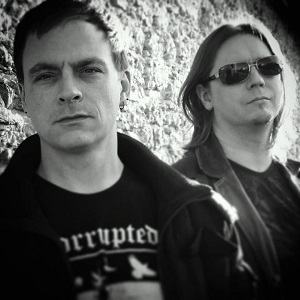 Markland clearly has a tale to tell. This is blatantly obvious without ever reading into the back-story. Just putting on headphones and pressing play, we catapult into a dark and wild world. From the very beginning of “Torngat” we can hear the waves beating against the ship as it nears land. By the time we reach “The Night Wolves/Black Moon” the turn of events is perfectly delivered. This description of the album barely scratches the surface, tracks like “Still Clearing” and “The Shores of the Suffering Wind” boast what is easily the best work by Northumbria to date. In short the album is a masterpiece.
Markland clearly has a tale to tell. This is blatantly obvious without ever reading into the back-story. Just putting on headphones and pressing play, we catapult into a dark and wild world. From the very beginning of “Torngat” we can hear the waves beating against the ship as it nears land. By the time we reach “The Night Wolves/Black Moon” the turn of events is perfectly delivered. This description of the album barely scratches the surface, tracks like “Still Clearing” and “The Shores of the Suffering Wind” boast what is easily the best work by Northumbria to date. In short the album is a masterpiece.